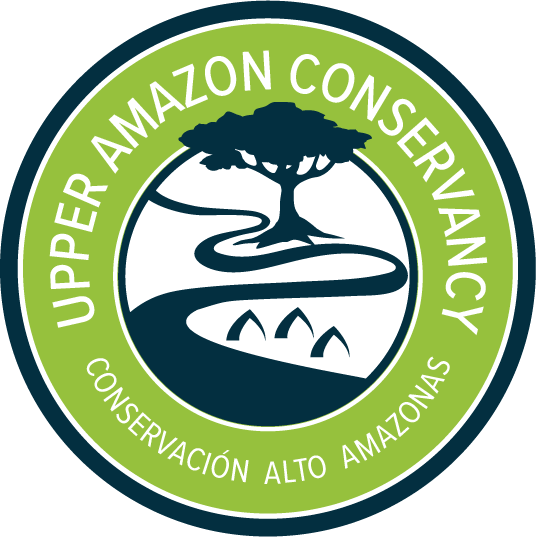A new partnership with Xapiri Ground promotes Indigenous handicrafts in the Yurúa region
Representatives of Xapiri Ground and UAC with artisan families from the Yurúa
Photo: Davis Torres – Xapiri Ground
September 2025
Upper Amazon Conservancy (UAC) has established a partnership with Xapiri Ground to promote artwork and handicrafts among the communities of the Yurua River region. The new collaboration intends to generate income through the sale of local products among communities representing six distinct ethnicities.
From September 14th to 17th, representatives from UAC, Xapiri Ground, and the Yurua Indigenous Federation (ACONADIYSH) visited several communities along the Yurúa River to discuss not only traditional artwork and handicrafts but also the need for territorial protection and cultural pride among younger generations.
Conversations about art and territory
Xapiri Ground is an organization that works to document, preserve, and promote the Indigenous arts of Peru. Items are sold at its beautiful Art House in the city of Cusco, Peru. Through its gallery and cultural platform, it fosters the continuity of traditional artistic practices in collaboration with Amazonian communities.
On this occasion, the team traveled to the Yurúa — one of the most remote and culturally diverse regions of the country — to strengthen joint efforts aimed at creating sustainable sources of income for communities, most of which are led by Asháninka, Ashéninka, Amahuaca, Yaminahua, Yanesha, and Chitonahua women. The initiative also seeks to recognize and highlight the ancestral knowledge and symbolic meaning embodied in each piece of art.
The journey began in Puerto Breu, where artisans from the Beu and Koshireni native communities met with local representatives before continuing through Dulce Gloria, El Dorado, Nueva Victoria, Nuevo Edén, and Selva Virgen. At each stop, the artisans shared the ancestral meaning of their designs and the spiritual connection they maintain with the forest.
“As Yanesha women, we have our own designs. Through beadwork, we want to express our way of seeing art,” said Jessica Camacllanqui, Yanesha leader and artisan from Koshireni.






Photo: Davis Torres – Xapiri Ground/ Victoria Tuesta – UAC
Ethics, process, and respect for community timelines
The exchange made it possible to recognize the techniques and symbolism employed by the artisans and to reflect on how intercultural collaborations are built.
Xapiri Ground’s approach stands out for combining an ethical, participatory framework with responsible commercial practices that respect the communities’ cultural rhythms and decision-making.
Its director, Jack Wheeler, emphasized that work with communities should not be measured by immediate results or by pieces acquired, but by trust-based relationships built over time through transparency.
“Information and testimonies are priceless. We are committed to supporting processes that respect the timing and decisions of each community,” Wheeler said.
Before the journey, the Yurúa art associations and informal groups were mapped at UAC’s office in Pucallpa. The communities of Sawawo, Koshireni, and Dulce Gloria were identified as potential partners. During the visit, pieces were presented and prices determined by the artisans.
“We dye our fabrics with bark, just as our grandmother taught us,” said Juana Piñango, an Ashéninka woman and representative of the Puerto Breu Artisan Association, as she showed the reddish hues achieved with local clay and plants.
These scenes reflect the intergenerational transmission of knowledge that still endures in Yurúa households. With UAC’s technical support and Xapiri’s curatorial vision, the aim is to consolidate cultural continuity without altering community dynamics.


Photo: Davis Torres – Xapiri Ground
Art, autonomy, and cultural continuity
In the Yurúa, art is not only an aesthetic expression — it is also a way of life and a spiritual relationship with the forest. Every weave, color, and symbol carries ancestral knowledge that connects families to their surroundings, the rivers, and the cycles of the forest.
“Through our art, we honor our culture and support our families,” said Camacllanqui, aware that her work is also a form of cultural resistance.
As part of its commitment to protecting forests as well as the cultures that inhabit them, UAC was eager to host Xapiri’s visit, providing logistical and technical support. The experience revealed a diverse and vibrant landscape of artisanal creation, where natural materials, traditional techniques, and contemporary forms of expression come together in harmony.

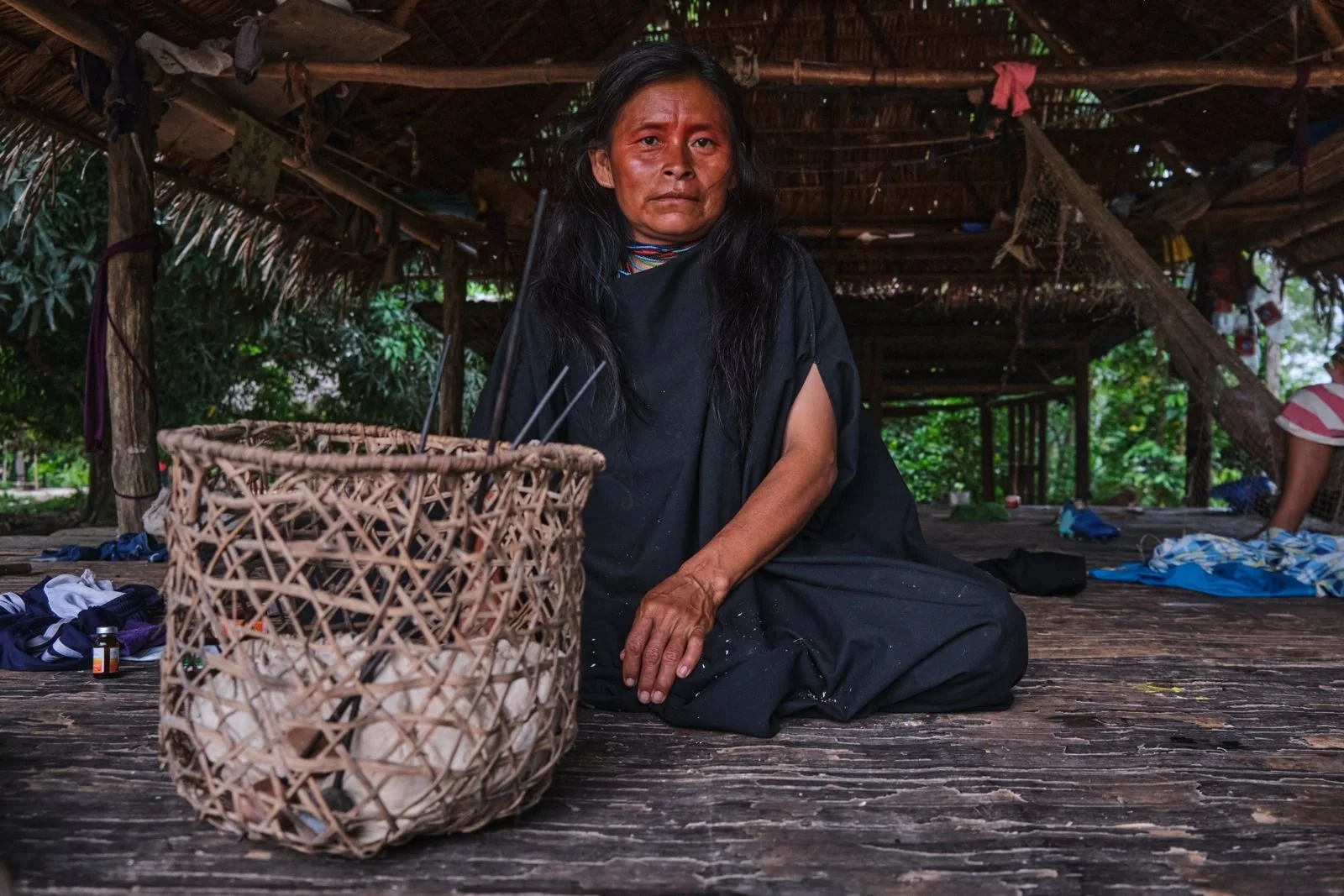
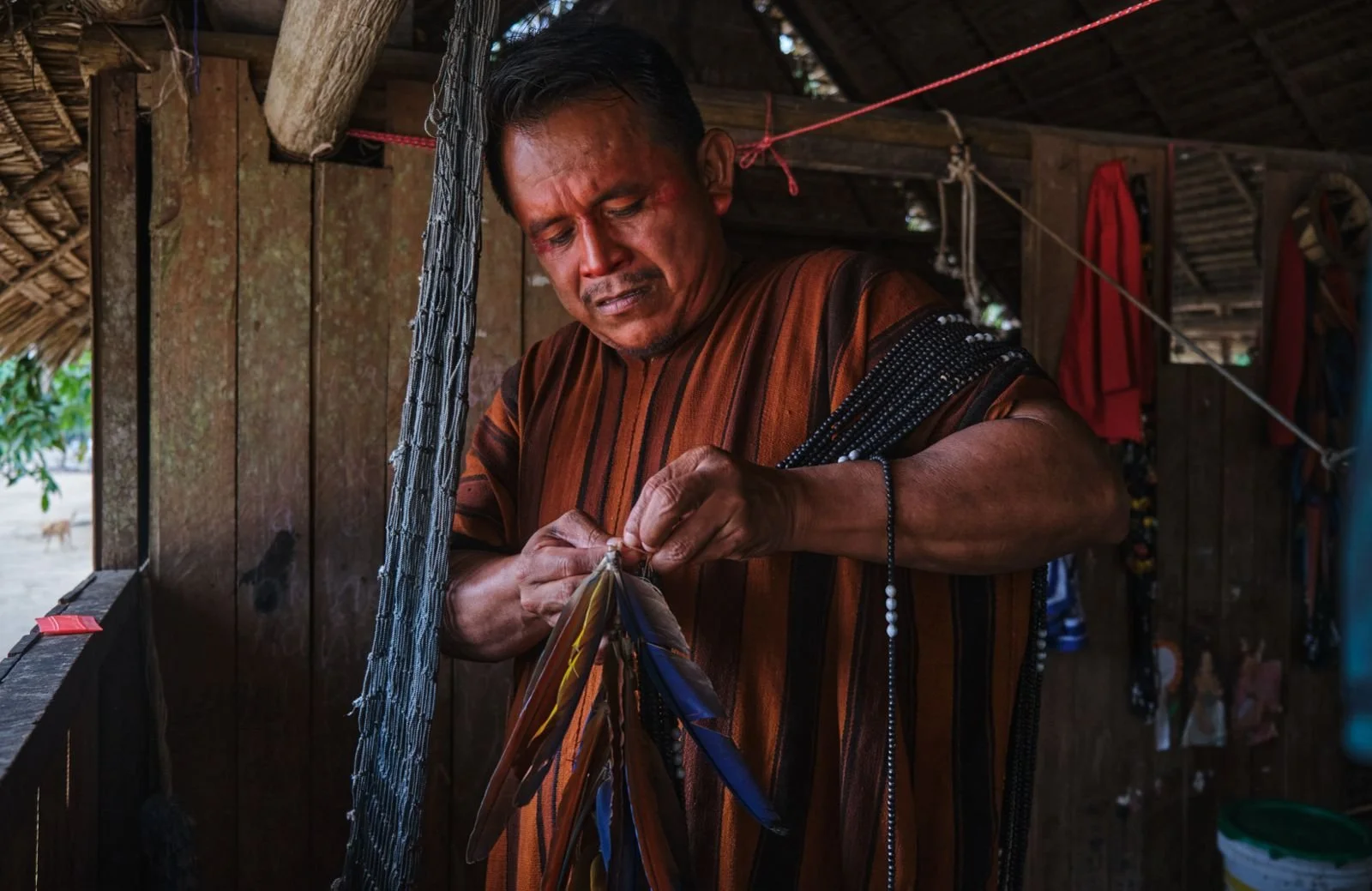


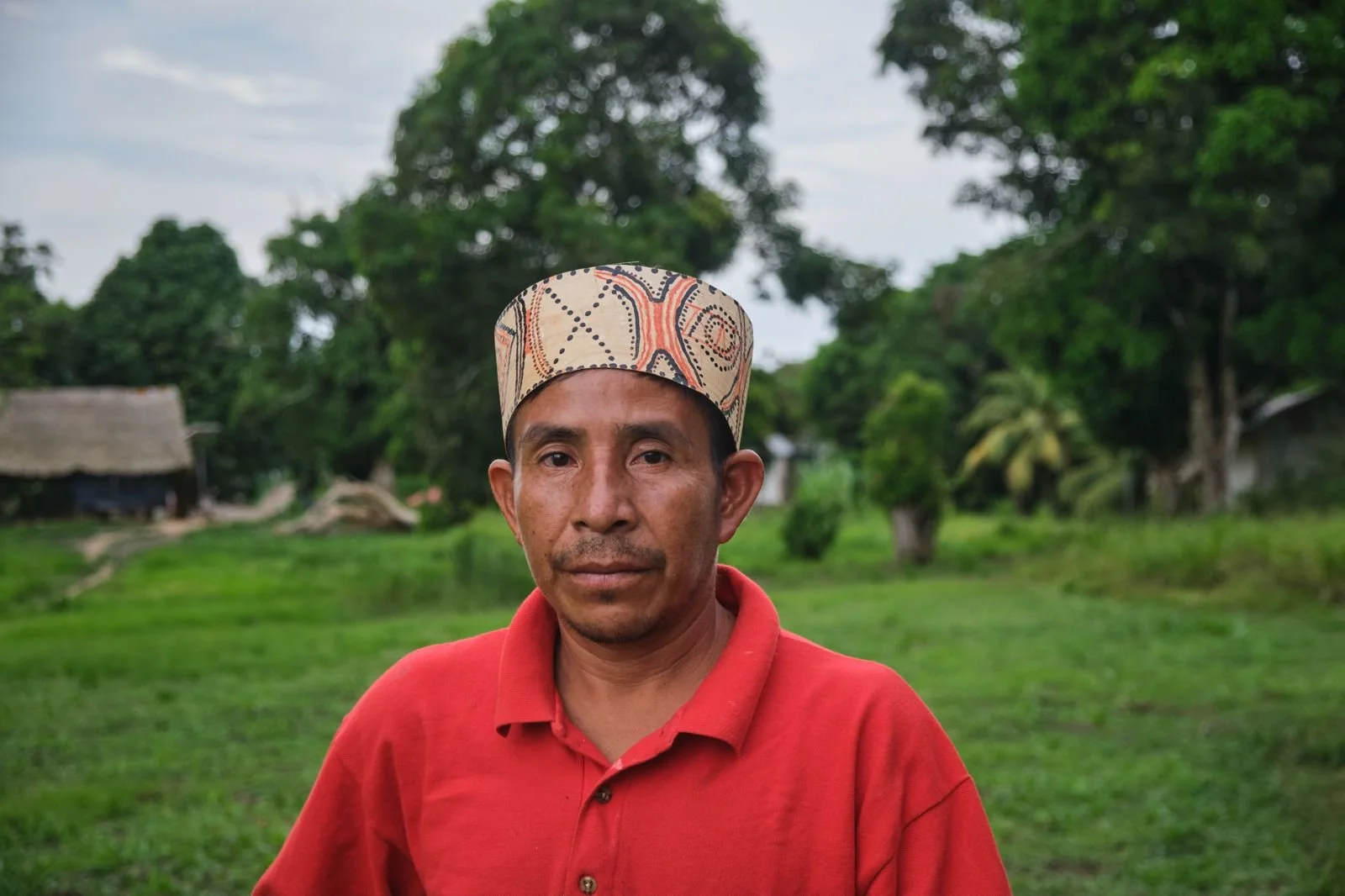
Photo: Davis Torres – Xapiri Ground
Projection and a shared future
Regarding the next steps, Wheeler noted:
“Our first visit to the Yurúa was very fruitful. We established valuable connections and learned firsthand about the cultural significance and quality of local art. From Cusco, we hope to continue this dialogue and nurture the relationships we have built, with the goal of developing a long-term exchange that generates sustainable economic opportunities and strengthens the cultural identity of the communities.”
As part of this collaborative process, Xapiri Ground plans to exhibit some of the pieces acquired during the visit at its gallery in Cusco. Meanwhile, UAC will continue to promote the cultural and economic autonomy of the communities by providing ongoing technical support to the artisans.
Beyond the pieces themselves, the greatest value of this alliance lies in having created a space for dialogue and trust, where communities are the protagonists of their own creative and cultural processes. This collaboration reinforces a shared vision: that conservation is sustained not only by the forests, but also by the cultures that name, inhabit, and protect them. Conserving forests also means preserving cultures.
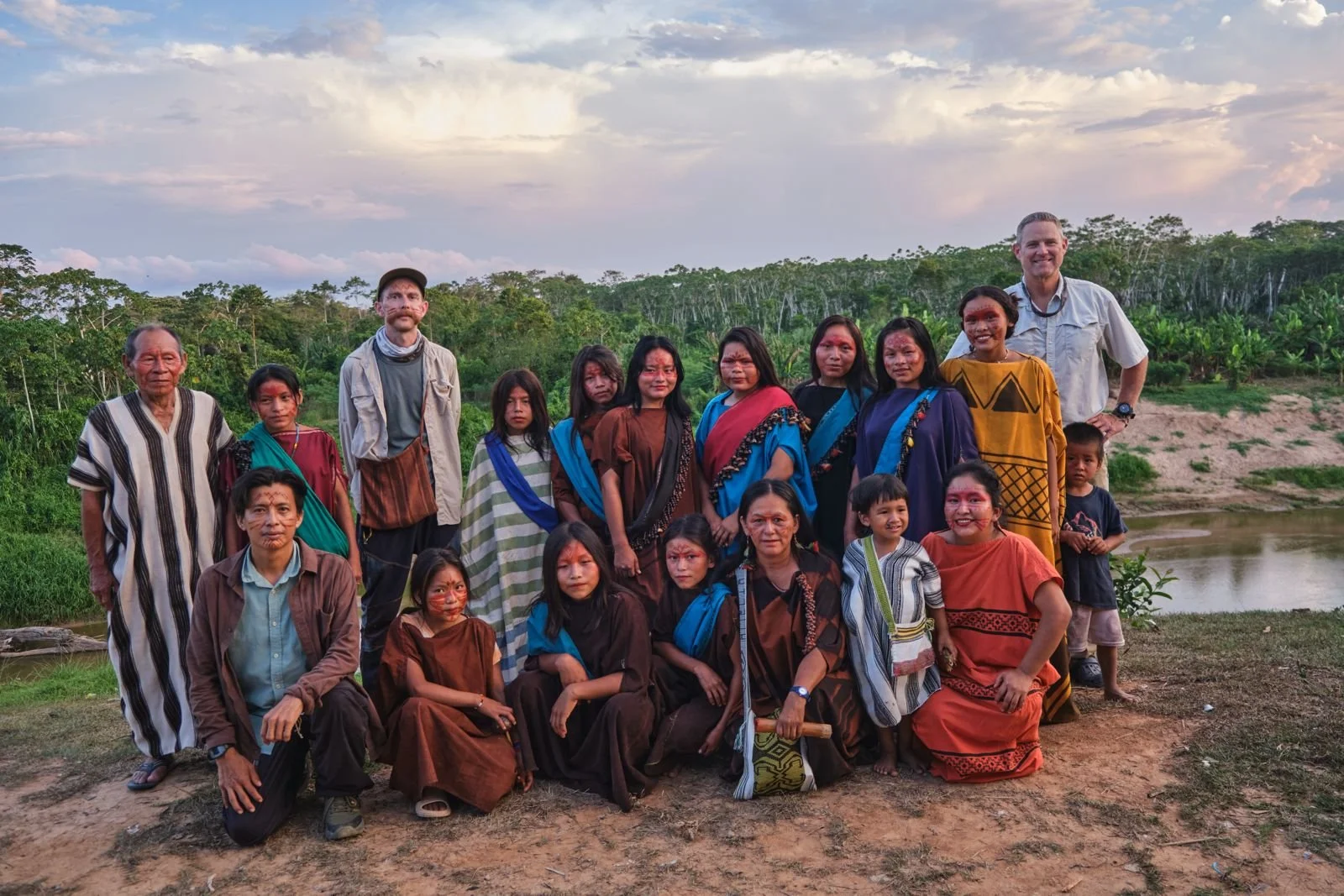
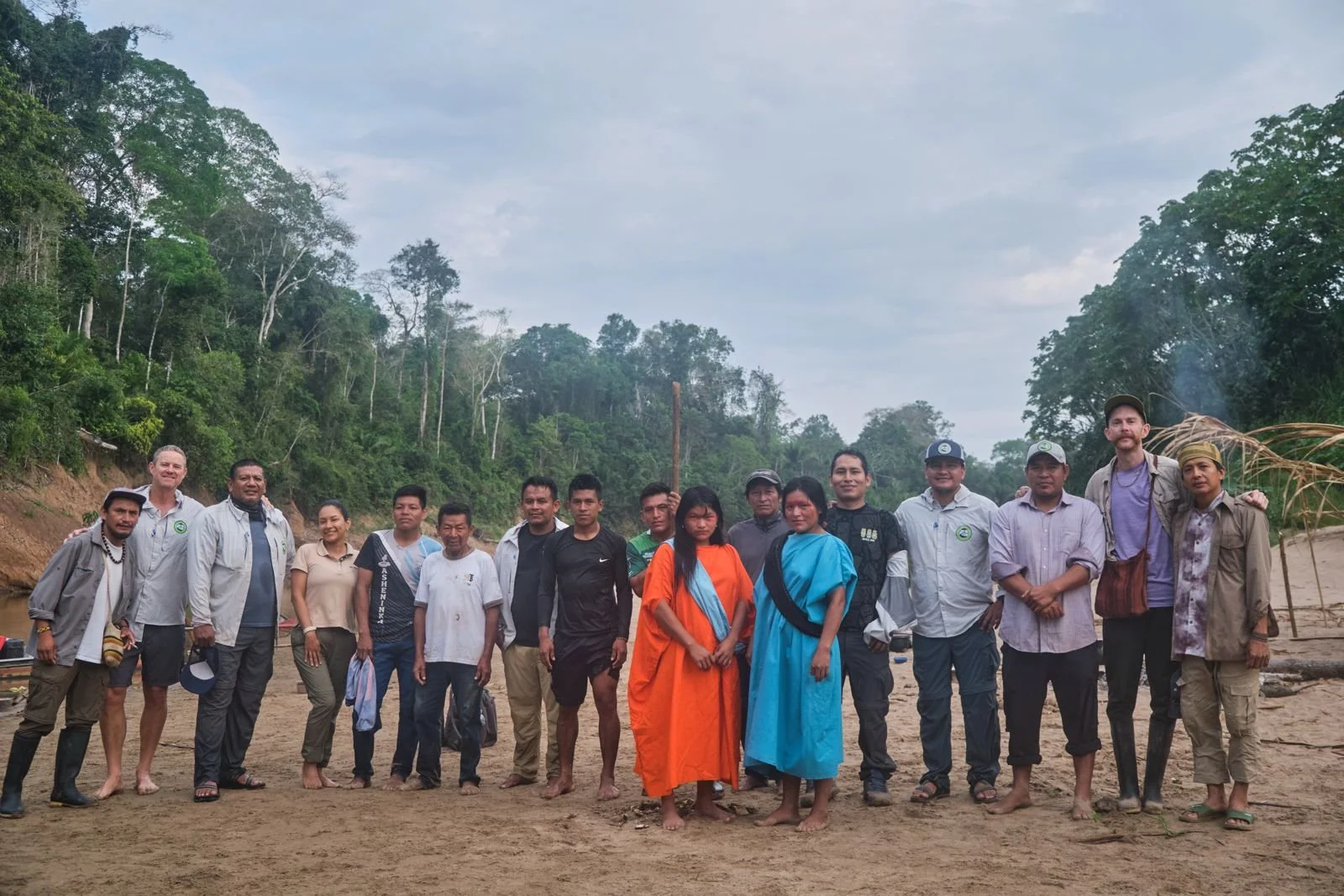
Photo: Davis Torres – Xapiri Ground
